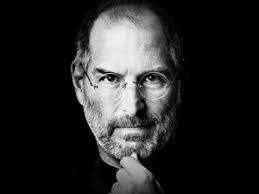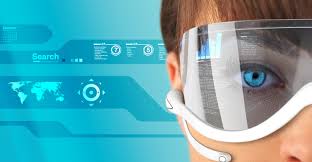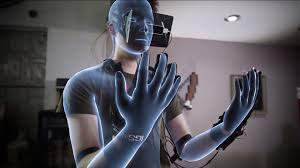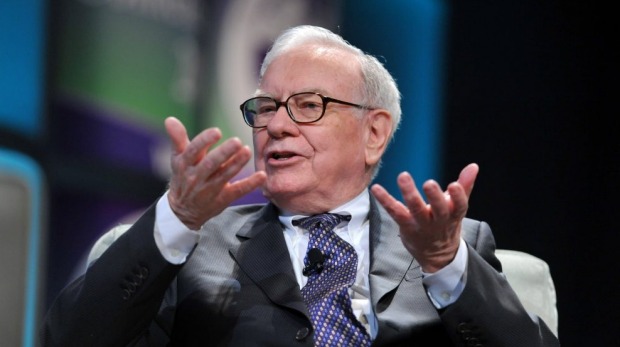When Apple first introduced the touch ID security, there was a lot of skepticism about the new process. Who has access to these finger prints? What was wrong with typing in a password? Who came up with this? Will this be secure? Can this be used against me?
Some individuals still have these sentiments, but almost three years later, most of us don’t even give a second thought about unlocking our phones with our fingerprint. Apple didn’t invent biometrics, but they certainly aided in the mass acceptance of it.
A bill was drafted three years ago that proposed a new federal government-issued ID card. It would contain biometric information such as fingerprints.
“At the most basic, biometrics can be best explained by breaking down the word: bio, as in biological; and metric, as in measurement. That is to say, biometrics are biological measurements. Thanks to the unique nature of many of these measurements, biometrics are particularly suited for identification. Fingerprints, facial measurements, the patterns that your veins make and even the way you walk — all of these characteristics and more are unique to you and you only.”
The card would be needed to authenticate the user’s identity and have their working status and history. Drafters ultimately decided to drop the bill, possibly because there are about 8 million undocumented individuals in the U.S. workforce.
Fingerprint ID’s are just a fraction of the possibilities of biometric technology. I used to believe face recognition was only for James Bond characters, but who knew we would have the same technology illustrated in the 1980’s A View to Kill at our 9–5’s. Many businesses have transitioned from old school paper time keeping and have adopted automated biometric timekeeping systems like Clockwise. There is so much more behind this science then IPhones and secret spies. Biometric technology has capabilities ranging from voiceprint biometrics to invisible biometrics that can measure and track the way you type and use your mouse.
I predict that in 2016 the use of passwords and pins will drastically decrease. As biometric technology advances, the public perception continues to accept the changes it brings. Biometrics has claimed their stance in our every day lives. In 2015, biometric technology made nearly $15 billion in the global market and is estimated to reach $41.5 billion by 2020. The health care industry has begun to integrate this technology in their practices. It eliminates security problems and human error possibilities such as “overlays” (when someone’s records are placed in another’s file).
It may take more time before passwords and pins are completely eradicated, but we are moving closer to them being used interchangeably. The general public isn’t as skeptical to log in to a device with a fingerprint as they were three years ago. Many would actually prefer it because it saves time, it adds another level of protection, and for its accuracy. Biometrics isn’t a trend, it’s the new way of security in this digital age.








 an. She has over ten years of experience building diverse work environments through her work at Catalyst, so it is safe to say that Pinterest did not hire Morgan because of the color of her skin. Is she more justified for the diversity role because of her skin color?
an. She has over ten years of experience building diverse work environments through her work at Catalyst, so it is safe to say that Pinterest did not hire Morgan because of the color of her skin. Is she more justified for the diversity role because of her skin color?
 nions, likes, dislikes and reviews to a virtual audience. There is a wide range of social media sites as well including forums, micro blogging sites, social networking sites and wikis like Facebook, Twitter, Youtube, Flickr, Pinterest, Reddit, LinkedIn and many more. However, we need to realize that these sites aren’t limited to interactions with only customers, but prospective customers as well.
nions, likes, dislikes and reviews to a virtual audience. There is a wide range of social media sites as well including forums, micro blogging sites, social networking sites and wikis like Facebook, Twitter, Youtube, Flickr, Pinterest, Reddit, LinkedIn and many more. However, we need to realize that these sites aren’t limited to interactions with only customers, but prospective customers as well.
